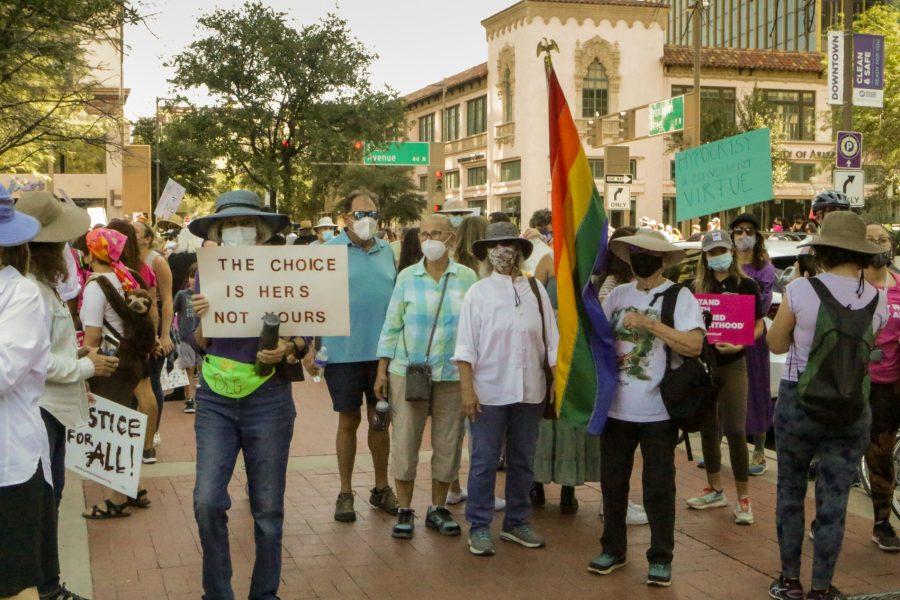Over the past 100 years, feminism has worn many faces. We have experienced three waves of feminism, each extremely different than the wave that came before it.
The waves of feminism
The first wave’s main goal was trying to cement that women deserve the right to vote and other basic rights. This idea was the first of its kind and extremely radical for the time. Women were starting to make their voices heard and thus began the women’s suffrage movement. They recognized the injustices in their society and decided to speak up and make a change. Their bravery sparked a movement that is still alive today.
In the second wave, the focus switched from ensuring women have basic rights to fighting for liberation. Women had received the right to vote, but that was not enough for them and they began to call out the other injustices they noticed in the world. The success in the women’s suffrage movement was inspirational for those in the second wave of feminism and pushed them to continue their fight. The new platforms the movement took on contained equal treatment in the workforce, reproductive rights and the fight against the objectification of women. The continuation of previous fights and the introduction of new platforms is a defining trait of the feminist movement that has continues to this day.
The third wave started in the 1990s and it consists of movements such as the #MeToo movement and has a heavy emphasis on reproductive rights and the inclusivity of all identities.
The shape feminism has taken today
When taking a deeper look into the third wave of feminism that we are in today, it can be considered as a more accepting movement that recognizes the accomplishments of those behind them and strives to build on these in the now. This wave of feminists grew up watching the many women that were breaking the glass ceiling and they have had countless role models. Being born in 2001, I have grown up seeing women in STEM, politics, entertainment and more and never thought that any career path was impossible for me just because I was a woman.
Along with the visibility of women in power that I grew up with, I also grew up seeing the many effects that the drive of those in the feminist movement can have on policy and society. I have marched in marches, heard the pleas of women, and over time these pleas became reality. This encouragement has strengthened me and those around me and allowed us to see the possibilities of keeping up a fight.
Today the feminist movement is as strong as ever but somewhere in these waves the meaning of the word “feminist” got clouded by the stereotypes that have been built up over the duration of the movement. Feminists have been placed in a box and faced with a negative connotation, completely discounting an entire demographic of the movement. These stereotypes were created by those who were threatened by women’s realization of their worth and what they deserve.
It was not until the late 90s that women began to lose this image of a stereotypical feminist and start to recognize the various multidimensional women behind the movement. Feminism became intersectional and took on fighting for the rights of many groups of people.
The movement today thrives on its inclusivity of every demographic. Feminism has become intersectional, taking on the fight for not only women but also other identities who are underrepresented today. Throughout the early 2000s, a realization has been made that throughout history there is too much emphasis on straight, white women in the movement and that intersectionality is crucial in ensuring that injustices are fixed.
Those in this movement today are fearlessly fighting for equality and are being led by those before them who have boldly paved the way.
Follow Payton Toomey on Twitter

Payton Toomey (she/her) is the Opinions Editor and a junior majoring in journalism and information sciences and eSociety. She loves to cook and golf in her free time.









